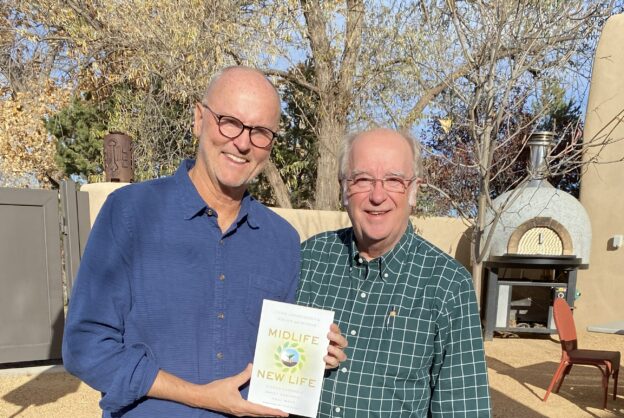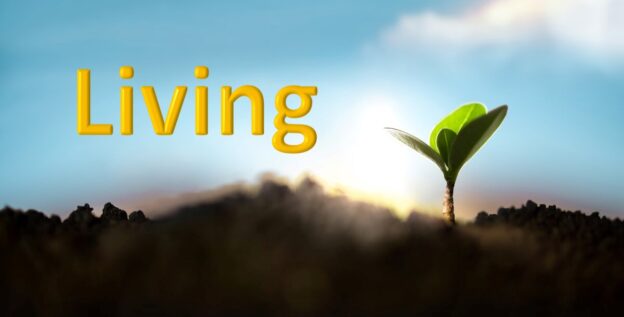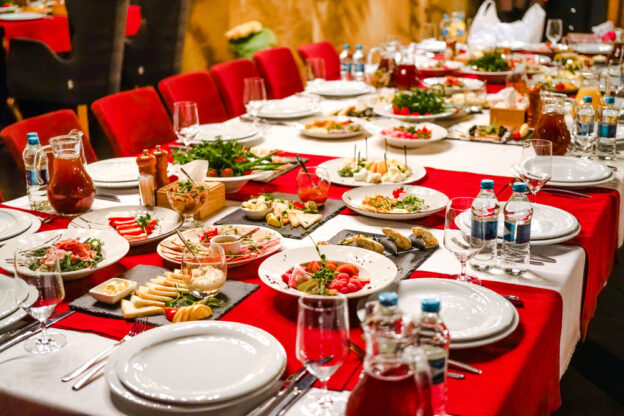Connecting is my word for the new year. In our fast-paced, digital world, the concept of connecting has taken on new meanings. While technology has made it easier than ever to stay in touch, the essence of true connection goes beyond just being linked by a device. It’s about deeply connecting and forming meaningful relationships, with understanding and empathy.
Beyond technology, the power of connection is in connecting first with ourselves, and then with others and the world around us. Taking time for self-reflection, mindfulness, and self-care is important. Understanding our own needs, desires, and emotions allows us to connect more authentically with others. Take a purposeful pause and practice mindfulness, meditation, contemplation, prayer, or a quiet reflection. You may also take time to foster a relationship with a higher power or the God of your own understanding.
At its core, connecting with others is a fundamental human need. It’s about sharing experiences, thoughts, emotions, and wisdom. Whether it’s a deep conversation with a friend, a shared laugh with a colleague, or a comforting hug from a loved one, these moments of connection enrich our lives and provide a sense of belonging. Maybe we can be of service to others, helping, giving, or mentoring. Conversation Circles provide a wonderful platform for connecting with others and deepening our collective and individual friendships. These connections can have a positive impact on our mental and social health.
Connecting with our environment is about fostering a deep appreciation and respect for our natural surroundings. Spending time outdoors, whether it’s a walk in the park or a hike in the mountains, can rejuvenate our minds and bodies and can have way of grounding us, reminding us of the larger world beyond our daily routines. Connecting with nature allows us to observe and experience the beauty and complexity of our planet’s ecosystems, and to develop a sense of responsibility to protect and preserve them. Simple actions like reducing waste, conserving water, and supporting sustainable practices can make a significant impact. This connection with our environment also promotes mental well-being, reducing stress and enhancing mindfulness. Ultimately, connecting with the environment enriches our lives and contributes to a healthier planet.
Connection in these different ways is essential for a fulfilling life. By nurturing our relationships with ourselves and others, embracing the digital world mindfully, and consciously connecting with our different environments, we can create a more connected and meaningful existence. So, take a moment today to reach out, reflect, and connect. Experience the power of connection. Your life will be richer for it.
Article also posted at DrPaulWard: https://drpaulward.com/connecting/








